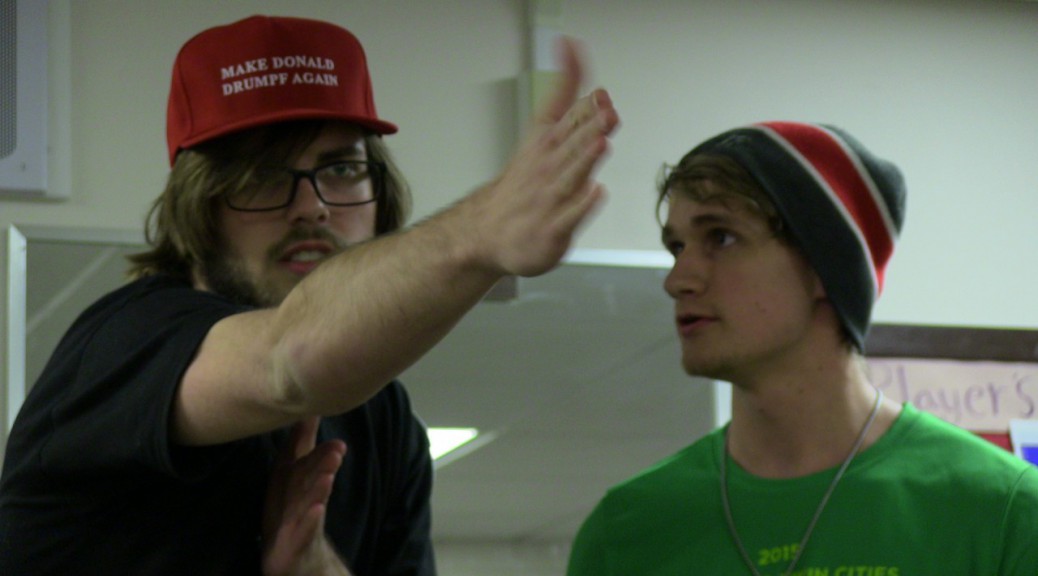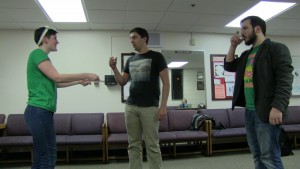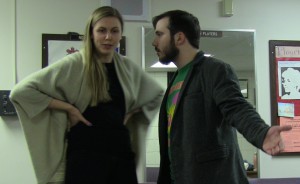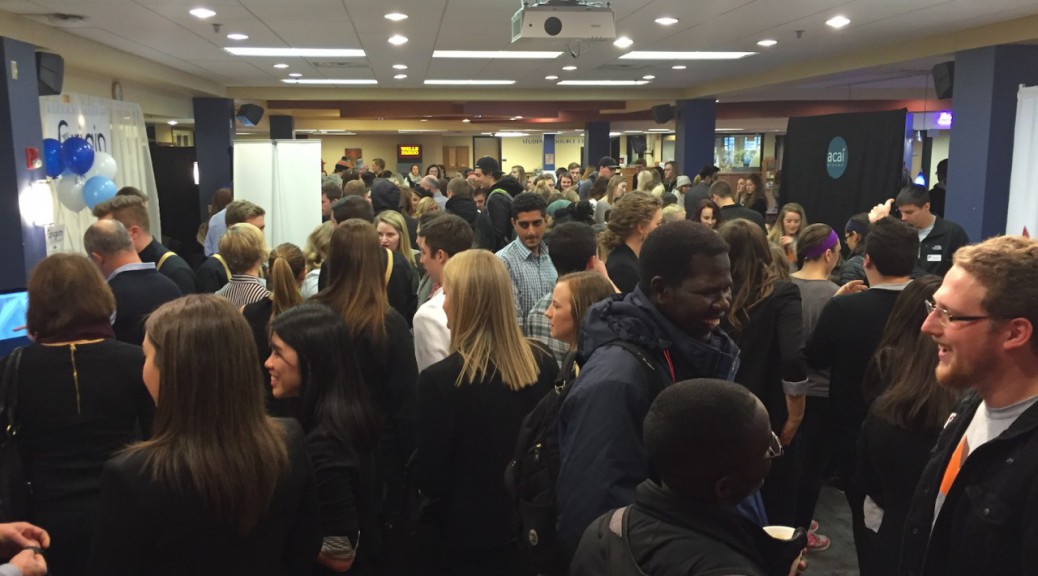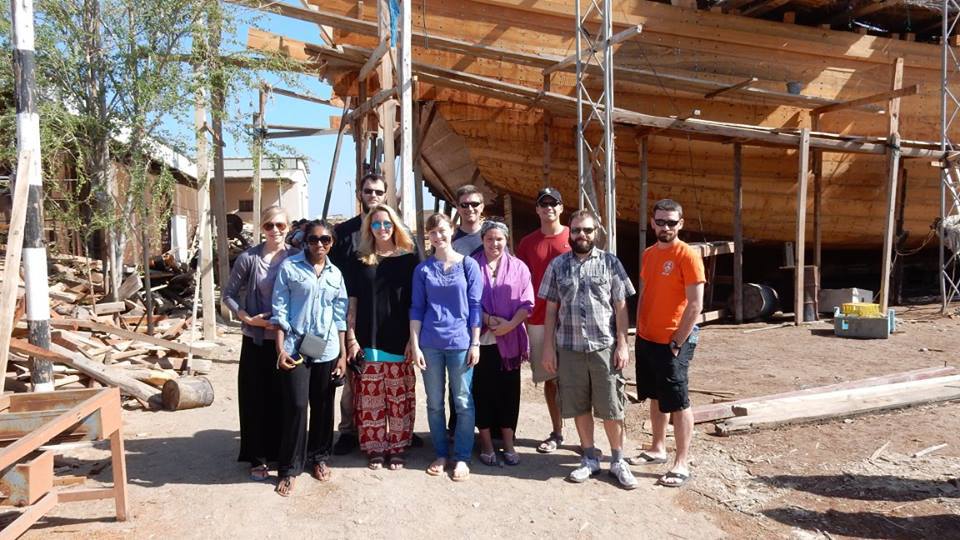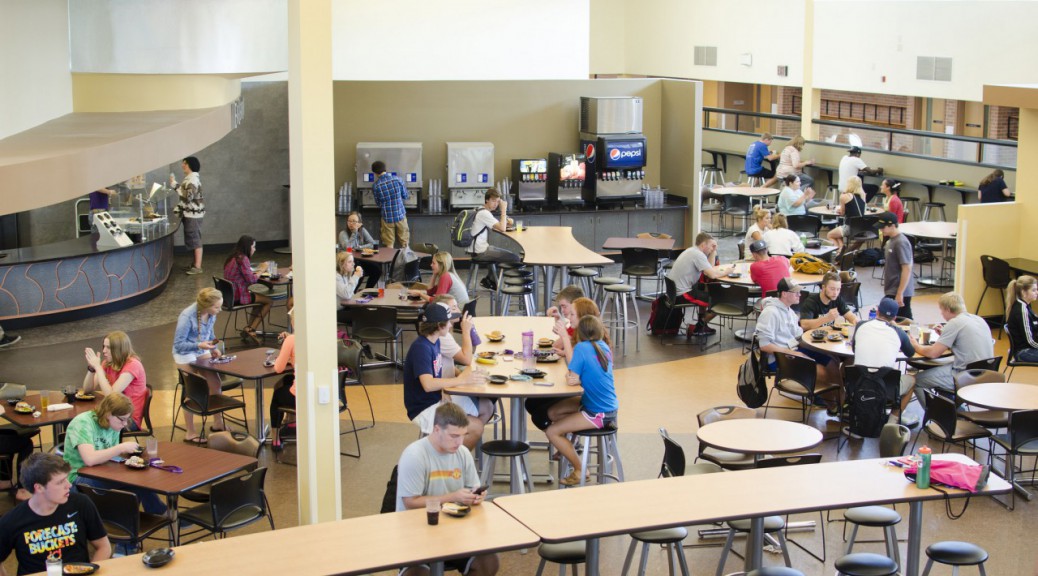As warmer weather starts to hit the Winona State campus again, so do the bike thieves.
Scott Bestul, the assistant security director on campus, said that so far in 2016 there have been five reports of stolen bikes on WSU campus. He also disclosed that open investigations could not be counted as of yet.
Most of the thefts occurred at East Lake and around Kryszko Commons.
In addition to the five bike thefts, there have been two reports of missing bike parts.
According to Bestul, some thieves steal and stockpile front tires, and even the seats.
With seven recorded thefts before the peak bicycle season mid-spring, Bestul said that the theft numbers remain fairly consistent from year-to-year.
“I’ve been here five years, I haven’t seen a drastic change one way or the other,” he said.
Many of the investigations don’t end in a recovery. 2014 WSU graduate Joe Klehr is one of many students on campus that never got his stolen bike back.
“My bike was stolen [in 2012] and I never found it,” Klehr said. “I snooped around campus for my bike a few times and kept my eyes open until I graduated, but it never turned up.”
Klehr took matters into his own hands when his roommate’s bike was stolen, and later turned up at Winona State’s Integrated Wellness Complex.
“After sharing my story, I realized lots of people shared that same story,” Klehr said. “My roommate’s bike also got jacked [in 2014] and we found that baby locked up by the IWC. I ended up cutting the chain from the thieves lock, and stole it back. It didn’t get taken again.”
While unorthodox, Klehr felt that the options to get his roommate’s bike back otherwise were slim.
“I didn’t report the crime because I just assumed the police had bigger issues to resolve,” he said. “To be honest, I don’t know how the police could find a stolen bike anyway. The option of cutting the lock just seemed like the quickest solution without involving unnecessary parties.”
2015 graduate Will Ahlberg had three bikes stolen from him during his time at Winona State.
“One of my bikes was stolen outside my house, one was stolen after I forgot to lock it up for 10 minutes during the day, and one was taken by someone with a cable cutter just snapping my lock off,” Ahlberg said. “The last bike that was stolen by the cable cutters I had actually built myself completely so that one stung quite a bit.”
Bestul said that some bikes that are recovered by the Winona Police Department are kept for up to six months at a place commonly known as the “bike barn.” After six months, the bikes are auctioned off. If nobody claims them before or during the auctions, the bikes are destroyed.
Ahlberg had no such luck at the bike barn.
“Never recovered any of them,” he said. “I reported the last two to the police and they said I had to go to the warehouse to try and find it, but it was only open one day a week for like two hours, and I always had class right over that time so I never had a chance to even go and try to find them again.”
Bestul says the best thing for students to do to avoid theft is to thoroughly document their bikes, including a serial number.
“When filing a report we like to have a detailed description of the bicycle, whether or not anyone else had access to the lock combination or key, the exact location from where it was stolen, and the date and time it was last seen,” Bestul said. “The students can file reports with WSU security and the Winona Police Department. We encourage and prefer both.”
That said, Bestul also recommends that students ensure their bikes are correctly secured with the right equipment.
To register a bicycle with the City of Winona, click here.
To report a lost bicycle with the City of Winona, click here.
To view recovered bicycles at the Bike Barn, viewings are on Wednesdays at 5:30 p.m. and Saturdays at 11:00 a.m. For more information, click here.

